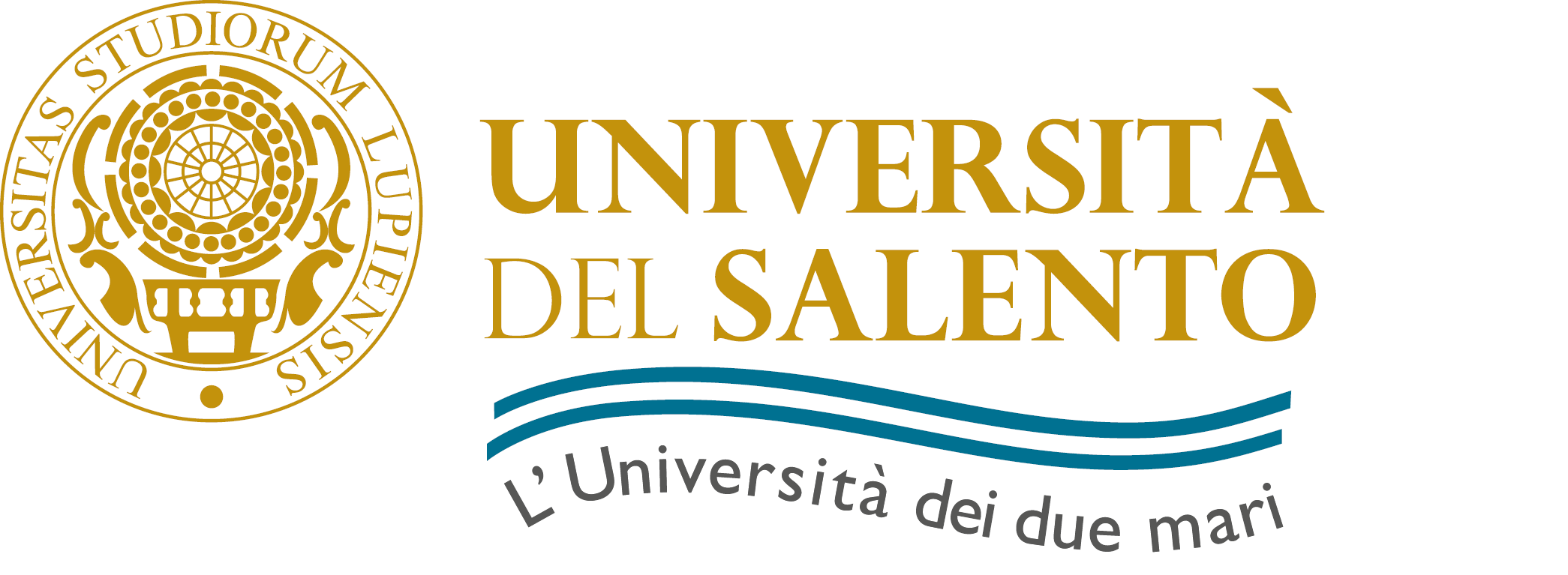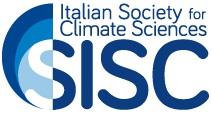Climate variability, predictability and change in worldwide Mediterranean-type regions
Conveners: Annalisa Cherchi (Italian National Research Council, Italy), Jelena Lukovic (University of Belgrade, Serbia), Richard Seager (Lamont Doherty Earth Observatory, USA)
This session will compare and contrast across the five Mediterranean-type climates the character and mechanisms of variability and change on interannual to centennial timescales for the past, present and future. The Mediterranean climate type is defined by mild wet winters under the influence of westerly winds and extratropical storms and dry hot summers under prevailing high pressure. The Mediterranean climate type covers the Mediterranean region itself, California, central Chile, southern Africa and southwest Australia. Despite their similarities in terms of mean climate, climate variability and change have interesting similarities and differences across the regions, with varying roles for modes of atmosphere-ocean variability. Further, despite the common perception of subtropical drying and expansion under climate change, projected climate changes differ across the different Mediterranean climates. Notably, the Mediterranean proper is projected to dry severely due to rising GHGs and southern hemisphere Mediterranean climates are also expected to dry but California is projected to potentially even get wetter. Commonalities and differences in climate change in Mediterranean-type climates are likely found in the details of stationary waves, storm tracks and stratosphere-troposphere coupling and regional dissimilarities in the response to rising GHGs and ozone recovery in the southern hemisphere. For this session, we invite contributions that examine the character and mechanisms of Mediterranean-type climate variability and change in the past, present and future both for specific regions and, especially, comparing and contrasting across regions.



